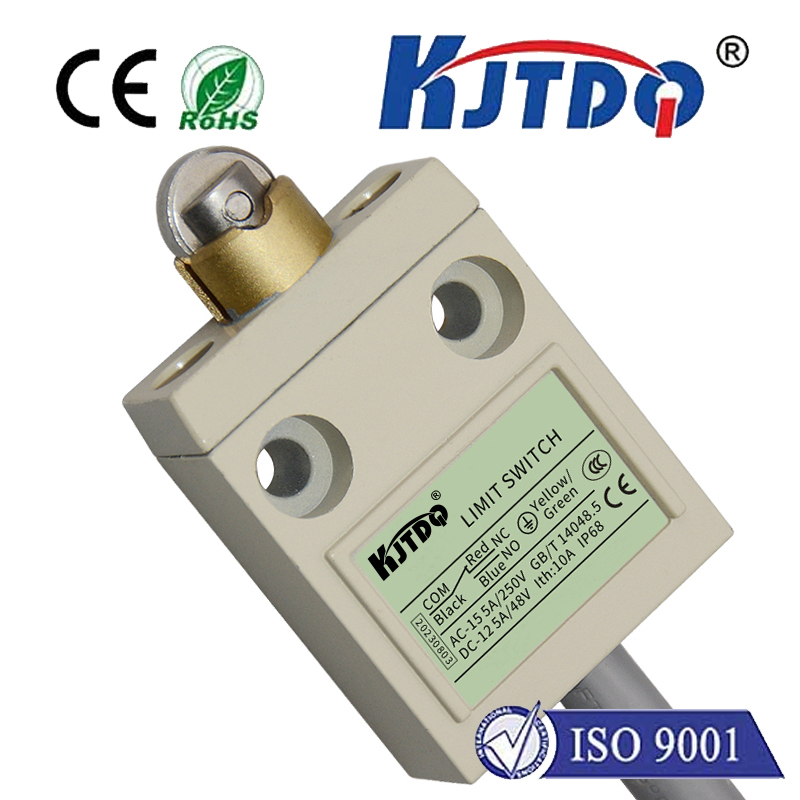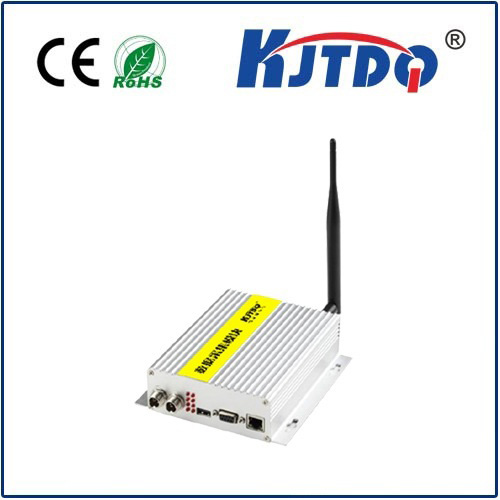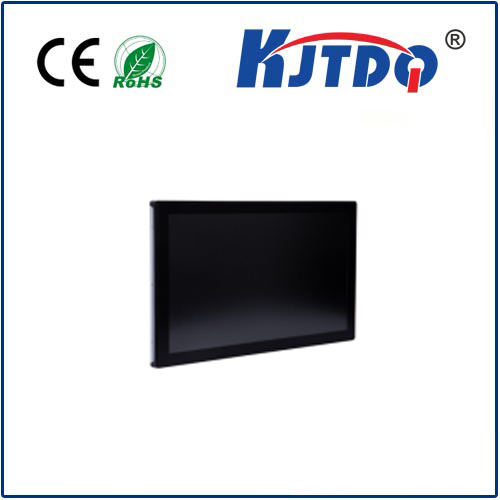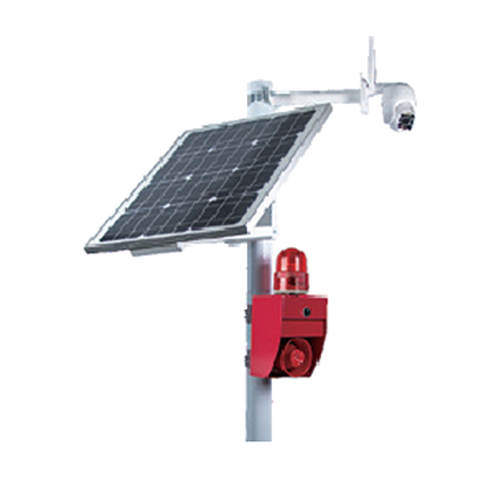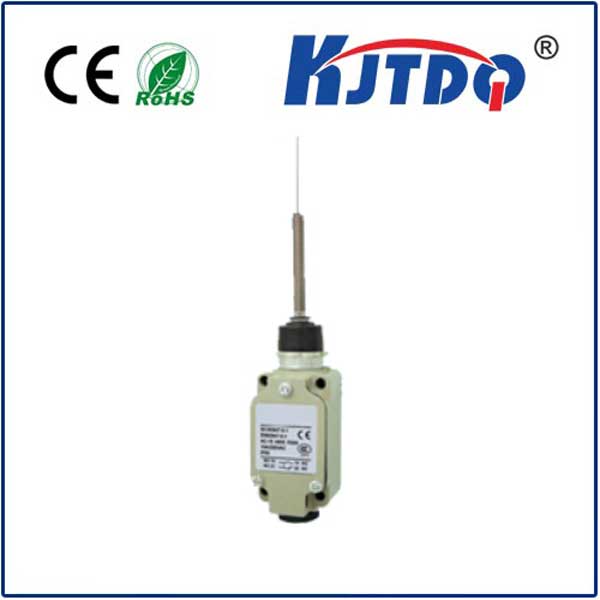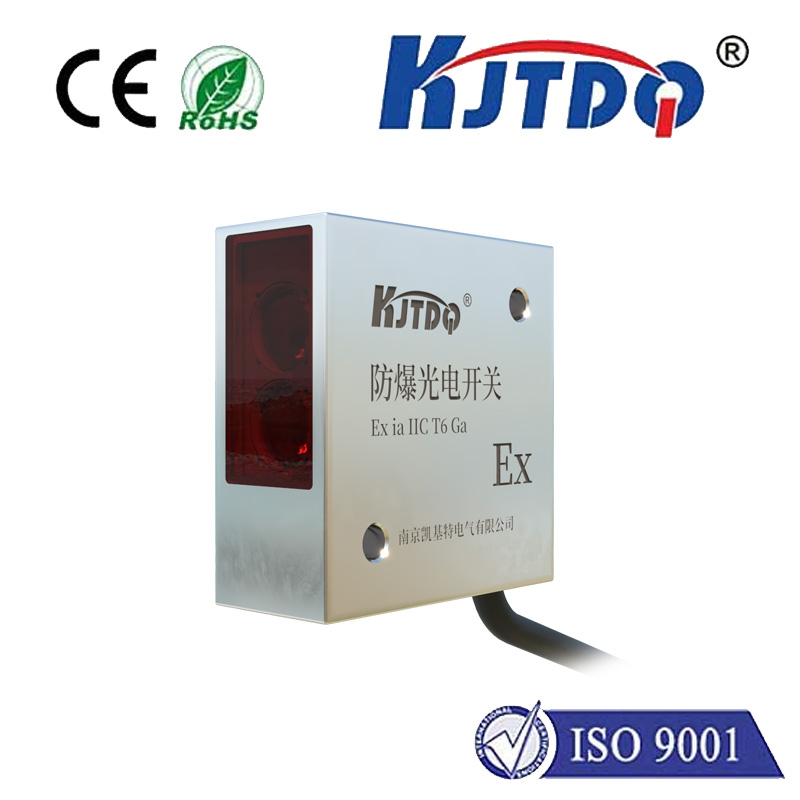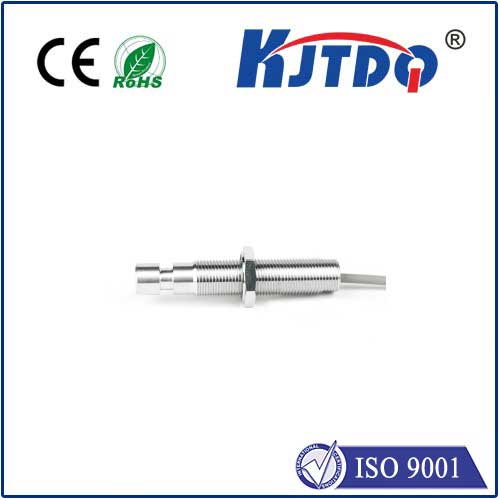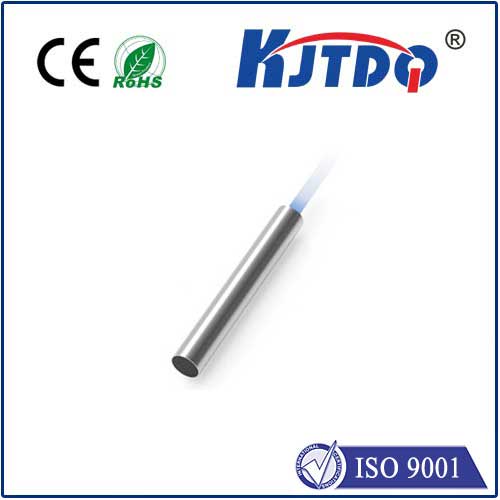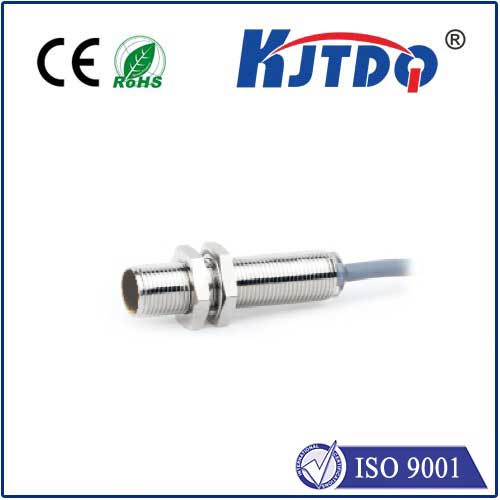E3FA-TP21-F2 5v photoelectric sensor
- time:2025-09-28 00:43:46
- Click:0
E3FA-TP21-F2 5V Photoelectric Sensor: The Compact Powerhouse for Precision Detection
Imagine a critical assembly line grinding to a halt because a tiny component wasn’t detected. Such costly failures are precisely what the E3FA-TP21-F2 5V photoelectric sensor is engineered to prevent. This unsung hero of industrial automation leverages light to perform countless detection tasks with remarkable reliability, offering a powerful solution within an incredibly compact, low-voltage package. For designers and engineers seeking precision sensing without excessive power draw or space consumption, this specific model presents a compelling answer.
Understanding the Photoelectric Sensor Principle
At its core, a photoelectric sensor operates by utilizing a light emitter (typically an LED) and a receiver. The E3FA-TP21-F2 belongs to the diffuse reflective type. It houses both emitter and receiver within a single unit. The sensor emits a beam of light, usually visible red or infrared. When this beam strikes a target object within its detection range, light is diffused, or scattered, in various directions. Some of this diffused light travels back towards the sensor’s receiver. The sensor’s internal circuitry is finely tuned to detect this returning light signal. The critical threshold is reached when the intensity of the reflected light surpasses a predefined level. This crossing of the threshold triggers the sensor’s output switch state, indicating the unambiguous presence of the target object. This elegantly simple principle forms the bedrock of its reliable operation.
The Significance of 5V Operation: Powering Efficiency and Integration
The “5V” specification in E3FA-TP21-F2 5V photoelectric sensor is far from trivial; it’s a cornerstone of its versatility. Many modern industrial environments, especially those involving intricate electronics manufacturing or incorporating microcontrollers (like Arduino, Raspberry Pi), operate predominantly on low-voltage DC systems. Key advantages include:

- Direct Microcontroller Integration: Eliminates the need for cumbersome relay interfaces or additional level-shifting circuits when connecting directly to 5V logic controllers or developmental boards.
- Reduced Power Consumption: Operating at lower voltage inherently draws less current, contributing to energy savings in systems with numerous sensors and lower overall thermal stress.
- Enhanced Compatibility: Seamlessly integrates into existing low-voltage DC circuits, simplifying system design and reducing component count compared to traditional 12-24V sensors requiring dedicated power branches.
- Intrinsic Safety: Lower operational voltage inherently presents reduced electrical risk in sensitive or compact environments.
Delving into the E3FA-TP21-F2: Form Factor and Features
The specific model number provides crucial details about its physical and functional characteristics:
- E3FA: This denotes the core series within Omron’s diverse sensor portfolio, typically representing a compact standard cylindrical housing.
- TP21: This suffix is critical. ’T’ indicates it’s a diffuse reflective type sensor. ‘P’ generally references a plastic housing. ‘21’ specifically defines the threaded barrel size – in this case, M12 (12mm diameter), making it one of the smallest standardized form factors.
- F2: This usually relates to the specific cable/connection type or output configuration. “F2” often indicates a pre-wired cable connection. Its output is typically an NPN Normally Open (NO) transistor configuration, common for sinking logic signals to ground in PLCs and controllers.
Key Technical Advantages
Combining its core photoelectric principle, low-voltage operation, and compact M12 housing, the E3FA-TP21-F2 delivers significant benefits:
- Extreme Compactness (M12 Size): Its tiny footprint allows installation in space-constrained machinery, robotic grippers, or densely packed control panels where larger sensors simply won’t fit.
- Robust Design: Despite its size, it features an IP67 protection rating, meaning it is dust-tight and capable of withstanding temporary immersion in water (up to 1m for 30 minutes). This ensures reliable operation in demanding industrial settings prone to washdowns or significant dust/debris.
- Precision Detection for Small Objects: Optimized optics and circuitry allow it to reliably detect small, close-proximity targets that larger sensors might struggle with.
- Fast Response Time: Enables detection on high-speed production lines or rapidly moving objects without missed triggers.
- Visual Sensing Status: Incorporates a status indicator LED, providing immediate visual confirmation of output activation and power status for quick diagnostics.
Where Does the E3FA-TP21-F2 Shine? Applications
This sensor’s unique blend of size, voltage, and sensing capability makes it ideal for numerous automation scenarios:
- Micro-Electronics Assembly: Detecting minute components (chips, resistors, capacitors) on PCBs or during pick-and-place operations.
- Small Parts Counting & Sorting: Verifying the presence of screws, washers, pills, or other tiny items on conveyors or in vibratory feeders.
- Robotic End-Effector Tooling: Mounted directly on robot grippers to confirm successful part pickup or release in tight workspaces.
- Compact Machinery: Used within internal mechanisms of smaller automated machines for position verification, jam detection, or part presence.
- Low-Power Embedded Systems: Perfect for prototyping or custom machines built around Arduino, Raspberry Pi, or other 5V microcontrollers needing reliable object sensing without complex power management.
- Presence Verification: Ensuring labels, lids, or small product features are present before proceeding to the next production stage.
Maximizing Performance: Installation and Usage Tips
To ensure your E3FA-TP21-F2 5V photoelectric sensor performs optimally:
- Understanding Sensing Range: While diffuse sensors offer simplicity (no separate reflector), their detection range is limited and depends heavily on target surface color, material, and reflectivity. Consult the datasheet for precise distance specifications. Expect shorter ranges than retro-reflective or thru-beam types.
- Calibration is Key: Utilize the sensor’s sensitivity adjustment potentiometer. Perform adjustments with the actual target object present at the desired sensing distance to fine-tune reliability.
- Mounting Stability: Ensure the sensor is securely mounted using its M12 locknut to prevent vibration-induced misalignment or false triggers. Avoid mounting surfaces that flex.
- Target Surface Considerations: Shiny, highly reflective targets can sometimes cause erratic behavior at close ranges; rough or matte surfaces generally provide the most reliable reflection.
- Environmental Factors: Although IP67 rated, minimize direct exposure to intense splashing unless necessary. Keep the optical window clean – dirt or grime can drastically reduce sensing range or cause failure. A simple wipe with a clean, lint-free cloth is often sufficient.
- Electrical Connection: Adhere strictly to the wiring diagram (typically Brown: +V, Blue: 0V, Black: Output). Ensure connection terminals or splices are secure and properly insulated. Always disconnect power before wiring.
The E3FA-TP21-F2 5V photoelectric sensor stands as a testament to sophisticated engineering condensed into a remarkably small and efficient package. Its 5VDC operation opens doors to seamless integration with modern low-power control systems, while its proven **diffuse






